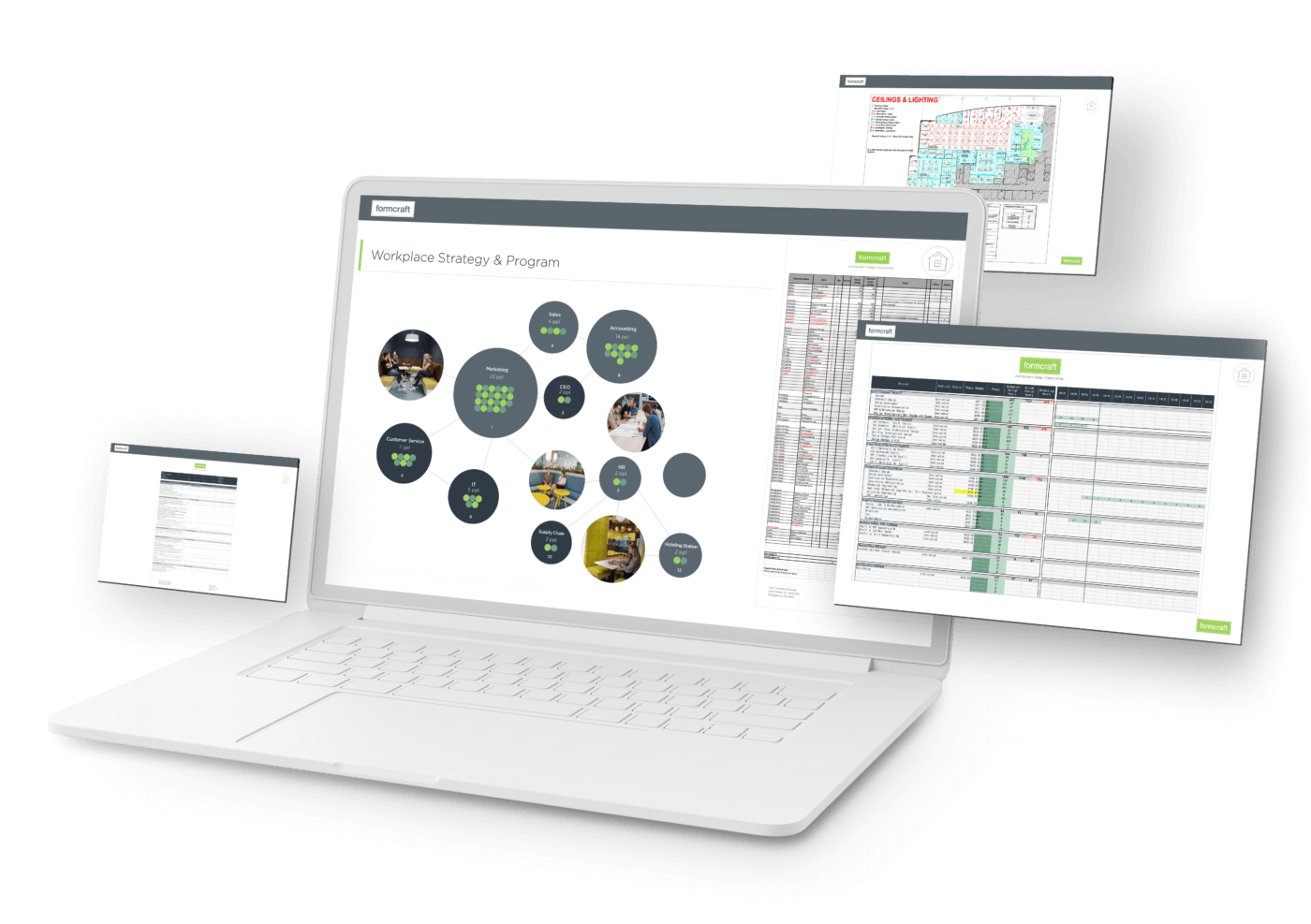Overcoming 2020’s “Business-as-Unusual”
For many companies, the first two months of 2020 were business-as-usual—reconvening in the office after a long holiday break, drafting quarterly business plans, hiring new employees, and setting personal goals. However, by the end of the first quarter, expectations, priorities, and goals shifted. The coronavirus pandemic left many companies wondering: Would “business-as-usual” ever return and is it possible to overcome 2020’s “business-as-unusual”?
During the pandemic, the percentage of full-time employees working from home rose to 44% according to a SHRM report released in August 2020. Remote work, once a perk of the job, became a necessary requirement for nearly half of the nation’s non-essential workforce. Remote work also became “business-as-unusual”. Gone were the days of conference room meetings, shared lunches in the break room, and stopping by a colleague’s desk to catch up. In-person interactions were reduced to Zoom interviews, meetings, and even happy hours. While almost one year has passed since the onset of the coronavirus pandemic, many employees are still working from home. With COVID-19 vaccines being released and new research on how to safely return to work, there is hope that companies can reopen offices and bring employees back to work.
Before your employees return to work, there are a few steps to take to ensure your employees’ physical and mental well being.

